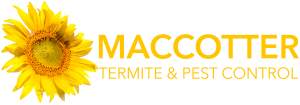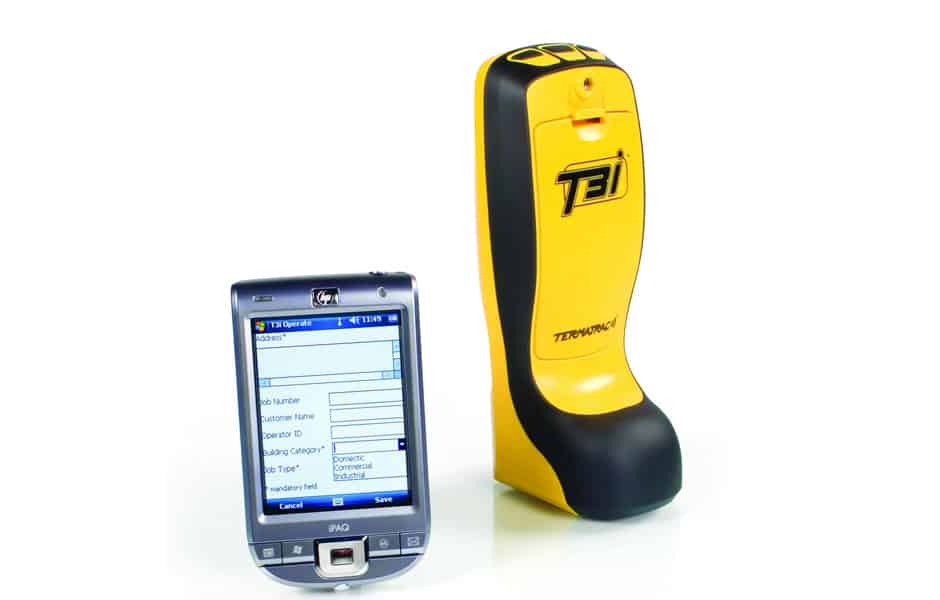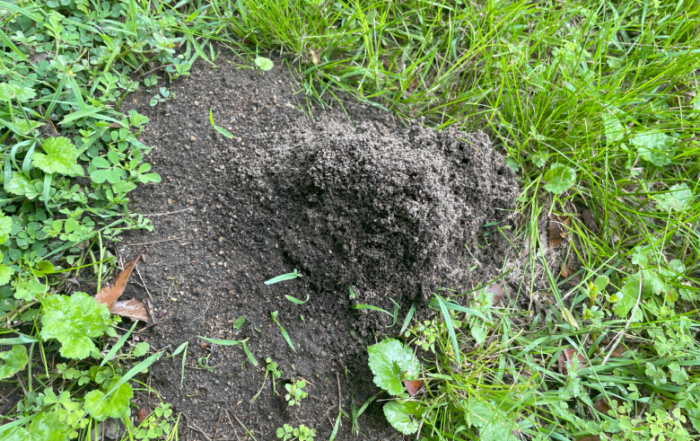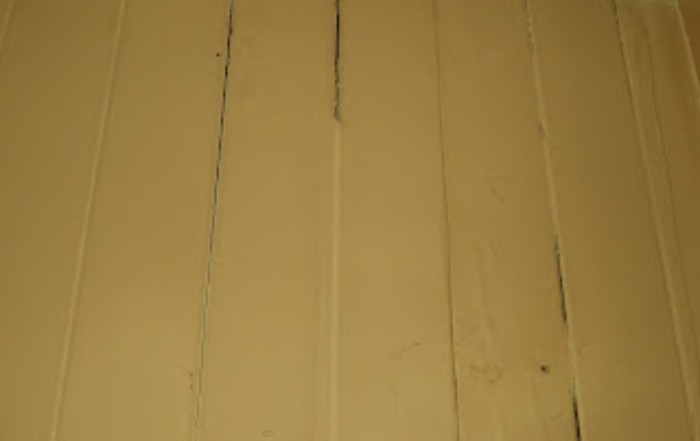Termites and Mulch in the Garden Part 1 of 5
Mulch is a protective covering placed over garden to reduce moisture loss, increase nutrients and suppress weed growth used in all regions of Australia. Termites / white ants are attracted to areas containing mulch.
Due to the climate of Brisbane, Gold Coast, Ipswich, Caloundra, Nambour, Coolum Beach and surrounding areas, mulch has to be managed and replaced more often than many other Australian regions. The high humidity and rainfall literally compost any organic mulch used on the garden . Termites / white ants eat mulch in the garden when it breaks down like this.
The types of mulch used in gardens varies from organic to inorganic.
Organic mulches are usually byproducts ranging from lawn clippings to bark, wood chips etc. and inorganic mulches can be things such as rocks, pebbles and even polythene.
Organic Mulch.
Termite / White ants attack organic mulch
Organic mulch include mulches that break down and feed the soil like sugar cane, lucerne, straw, lawn cuttings, bark chips even compost. These types are designed to keep water loss to a minimum and feed the soil as they breakdown.
Weeds rob the soil of nutrients so commercial weed mats and DIY weed mats like paper, cardboard and plastic sheeting assist in stopping weed growth through the mulch.
 |
| Wood Chips |
Wood Chips
Termites/white ants are attracted to the moisture in these types of mulches. The problem arises when newspaper or cardboard is used underneath them. The cellulose in the paper and cardboard is a much sought after food source for termites.
Mulches feed the soil as they break down and are excellent in the garden and termites are not attracted to them unless there is a cellulose source.
Wood products are by far the most popular mulch used in South East Queensland. Wood mulches are a byproduct of the timber industry are affordable and are aesthetically pleasing.
 |
| Sugar Cane |
Termites / white ants eat wood chips and bark when moist and as it breaks down from decay. One technique used is to enhance the appearance with a variety of colours to suit all tastes. . Coloured mulches are being supplied in larger quantities due to greater demand. Wood chips and even rubber are being sprayed with a coloured dye to attract buyers.
What type of mulch is termite resistant?
There are some naturally termite resistant timbers that have been documented . Although history has shown greater termite resistance in some trees it can be misleading if taken too literally. Depending on what part of the tree is used directly effects the resistance of the mulch to termites / white ants.
A tree is made up of layers. The inner layer is called heart wood and building regulations in QLD state that only the heartwood can be used in the construction process of a building. The outer layers, the sap wood and bark are attractive to termites/white ants, grubs, borers etc. and most insects will either eat it or make a home in it.
Problems arises for consumers when they buy termite resistant mulches, thinking they are safe but they are made up of 100% sapwood or bark. This is because the heart wood is too valuable to be used as mulch.
Straw
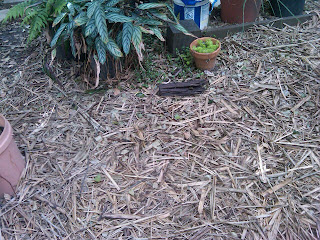 |
| Straw |
Cypress pine bark is widely advertised to be resistant to termites. Many suppliers have disclaimers when selling termite resistant products for the same reason, it is made up of the sapwood and bark and not the heart wood.
It is very common to find termites in cypress mulch for this very reason. I have witnessed this many times even in newly purchased cypress pine mulch .
Inorganic
 |
| River Stones |
Mulch can be made of anything that lays on the surface of the soil and protects it from drying out. The most common types used are usually pebbles, gravel, coloured rubber products, plastic polythene, and geotextile.
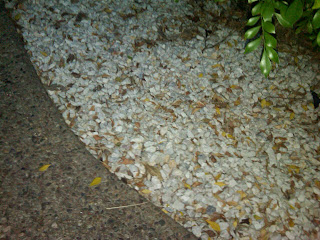 |
| White Pebbles |
Pebbles and gravel type mulches need maintenance to keep weeds down and remain tidy. Rubber mulches ( coloured ) are made from old tyres and are recommended for traffic and playground areas only. Polythene ( plastic) and geotextile ( fabric) is great for weed control but moisture underneath them requires monitoring as soil can dry out . Irrigation is recommended when using inorganic mulches.
In part 2 of 5 part series Termites and Mulch in the Garden.
I will examine types of mulch in more detail.
Post Author:
JMac2024
Categories:
Date Posted:
September 13, 2011
Share This:
Please read my press release on Rat Control.
Press Release Rats in Brisbane
Facebook: MacCotter Pest Control Face book Page
Found Pests or termites / white ants or just want to protect your home?
Call a family operated business with the latest technology!
The revolutionary Termatrac T3i allows us to detect movement between walls, window & door frames etc
Termite Control and Termite Inspection Brisbane
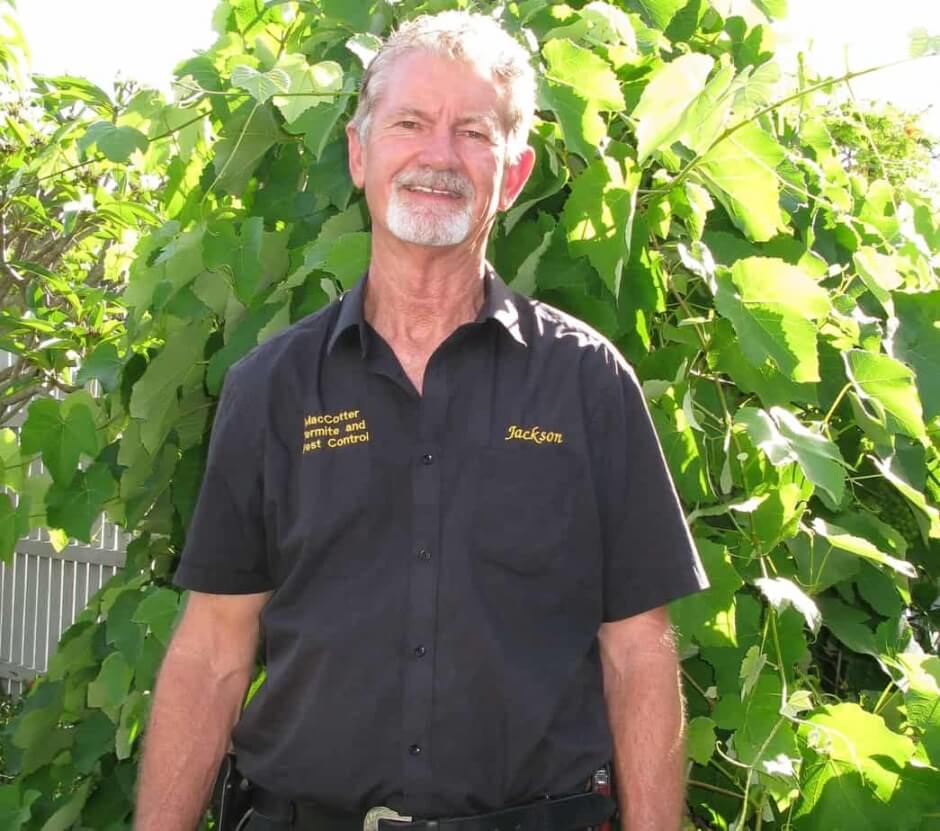
Servicing – Brisbane and Surrounding Areas
MacCotter Termite & Pest Control is a family owned business in Brisbane that specialise in termite inspection Brisbane and termite control, as well as pest inspection and control. We have branches throughout Brisbane and the Sunshine Coast, and our service area covers all of the Gold Coast suburbs, the Sunshine Coast and Ipswich & Brisbane.
recent posts
Ant Pest Control in Gordon Park | Stafford Heights
Case Study; New Homeowner discover
Everton Park – Grange Pest Control for Ants Brisbane
Are you looking for a great pest co
Termite Inspections 101
Termite Inspections are a big issu
